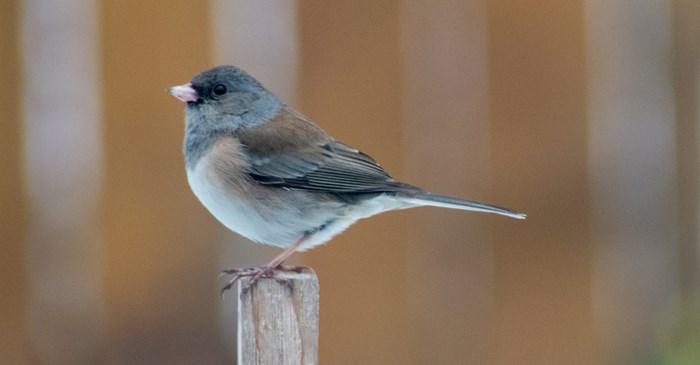When you talk about which senses are most important to a bird, sight and hearing come to mind. With flashy feathers and intricate songs and calls, it’s not hard to see why.
But, do songbirds have a sense of smell? Does any olfactory data whatsoever get through those hard little beaks? You might think not because after all, when you fill your feeders, you don't see the birds sniffing over the seed before they eat.
Scientists have discovered some surprising answers to this question over the years, as detailed in a piece by the National Wildlife Federation.
Almost 200 years ago, John Audubon, the legendary bird naturalist, declared birds were anosmic creatures — unable to smell — based on his vulture observations. For more than a century, that idea was accepted as fact. That thinking began to shift starting in the 1960s after a series of pigeon experiments. Scientists discovered when they added odor to the airstream, the birds’ heart rates quickened. There was also the Kiwi bird of New Zealand, which has nostrils at the end of its beak to help it sniff out earthworms in the ground. Later experiments on seabirds show they do use scent to help them find food.
Even so, scientists believed scent was unimportant to songbirds, and that was based on the size of their olfactory bulbs, the part of the brain that processes odors. Compared to other birds, it was small for their brain size. But in 2012, researchers in Germany conducted Zebra Finch experiments showing that fledglings use scent to find their nests and siblings. And, we know the Eurasian Blue Tit and the European Starlings pick out aromatic herbs to weave in their nests.
